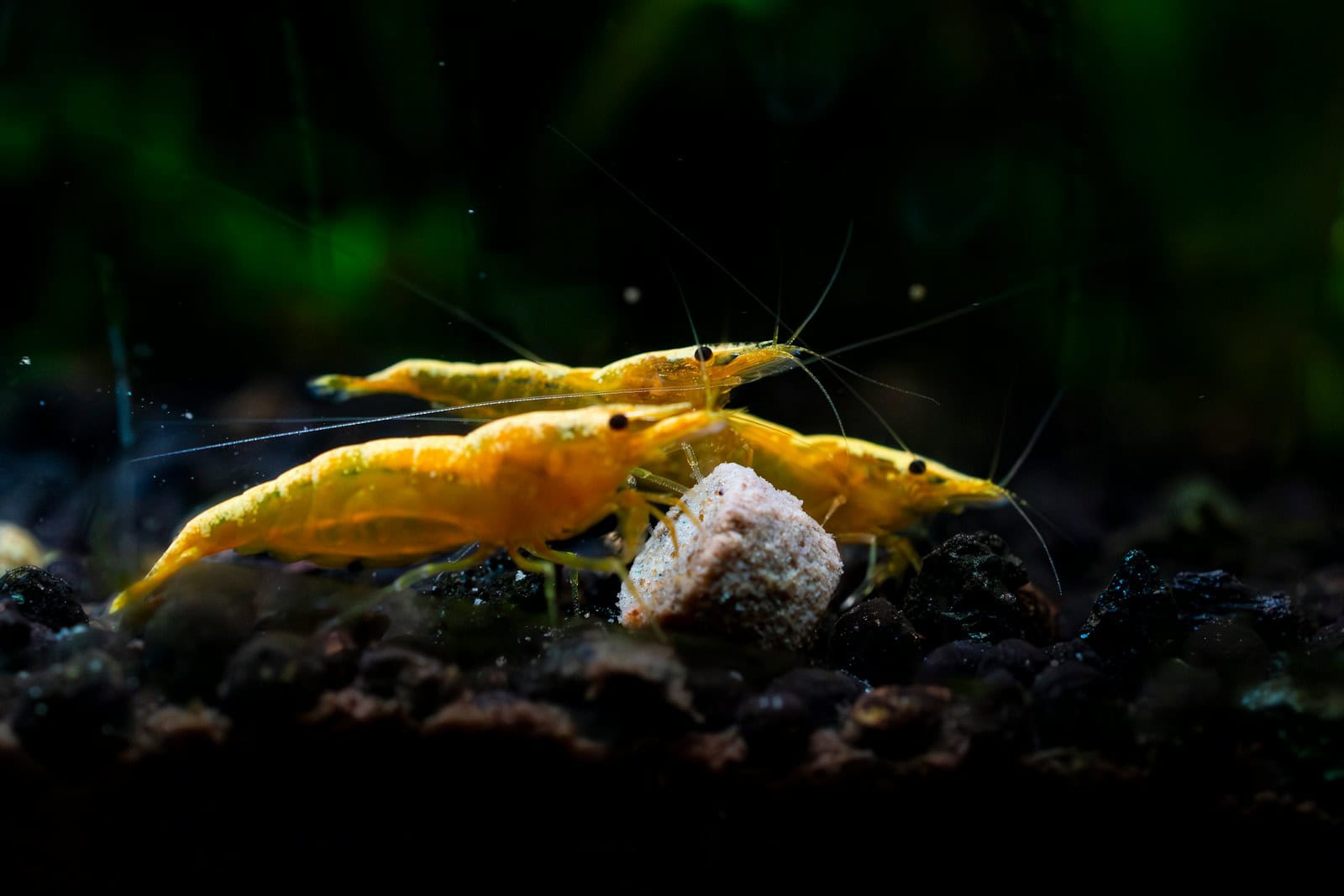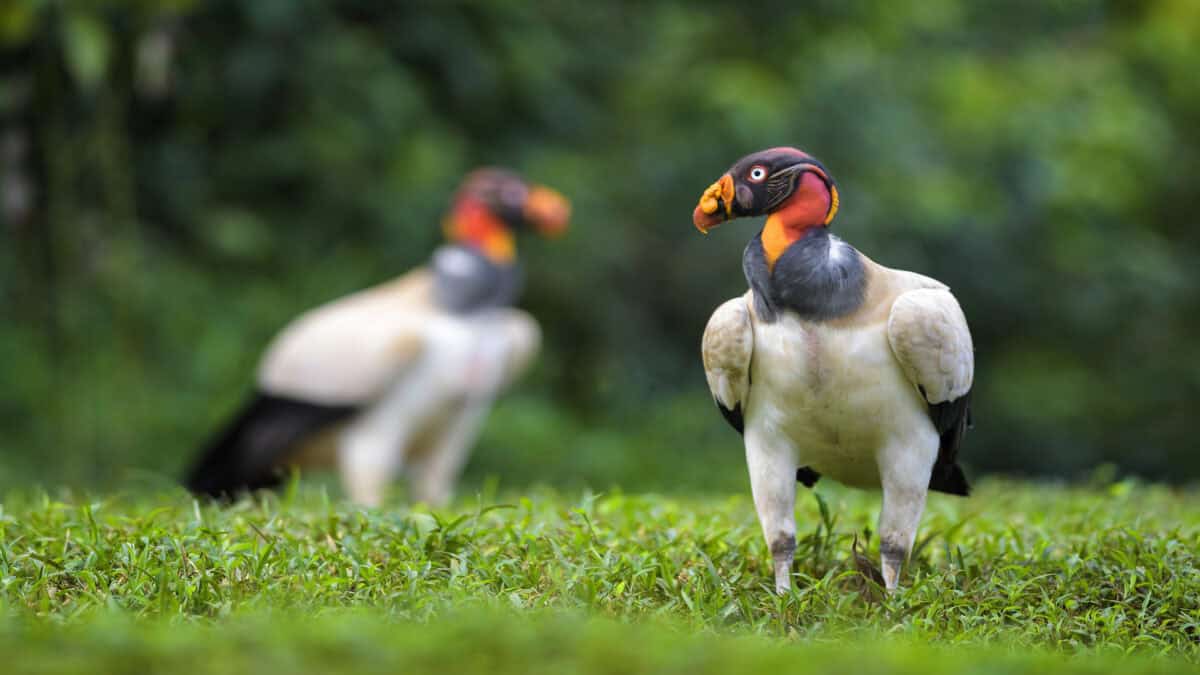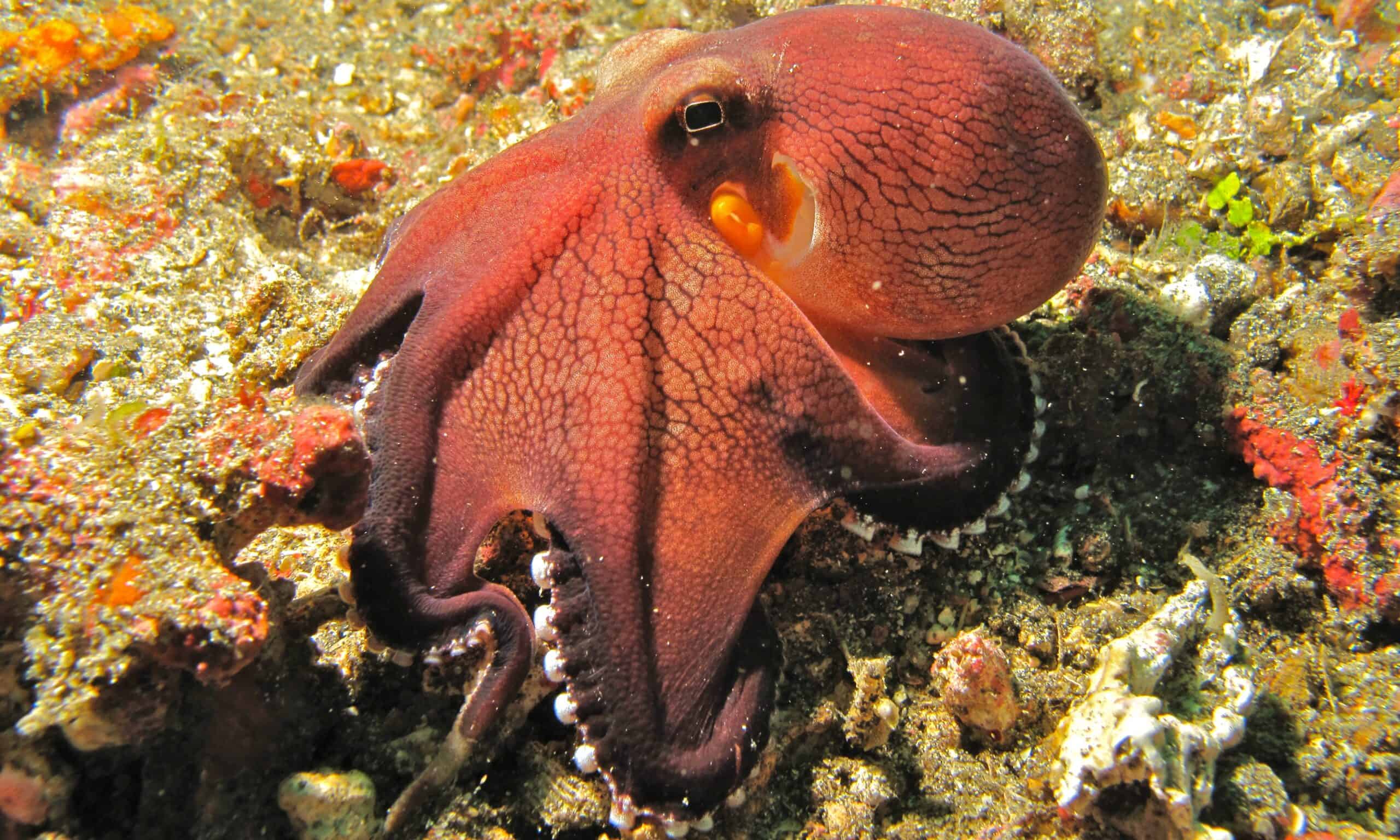The animal kingdom is filled with behaviors and adaptations so extraordinary that they often sound like the stuff of legends. Throughout history, humans have passed down tales about animals that seemed too fantastic to be believed. Yet, as science advances, we’re discovering that many of these “myths” actually have a foundation in reality. From bizarre defense mechanisms to surprising intelligence, nature continues to astonish us with truths stranger than fiction. This article explores twelve seemingly outlandish animal myths that have been scientifically verified, demonstrating once again that fact can indeed be stranger than fiction.
Opossum “Playing Dead” Is an Involuntary Response

When we say someone is “playing possum,” we’re referring to the opossum’s famous ability to feign death when threatened. While many assume this is a clever strategy the animal consciously employs, the truth is even more fascinating. When faced with extreme danger, opossums enter an involuntary, comatose-like state triggered by intense fear. Their bodies become stiff, their breathing slows dramatically, and they secrete a foul-smelling substance from their anal glands. This physiological response is not under the opossum’s control—it’s a neurological reaction similar to fainting in humans. Some opossums remain in this death-like state for up to four hours, completely unaware of their surroundings. This involuntary shutdown is so complete that the animals have been known to be declared dead by predators (and even some veterinarians) only to “resurrect” hours later when the threat has passed.
Bombardier Beetles Create Chemical Explosions

The bombardier beetle possesses one of the most explosive defense mechanisms in nature—literally. When threatened, these insects mix two segregated chemicals (hydroquinone and hydrogen peroxide) in a specialized chamber in their abdomen. When these chemicals combine with catalytic enzymes, they create a violent exothermic reaction, producing a boiling, caustic spray that can reach temperatures of 100°C (212°F). The beetle can precisely aim this chemical weapon at predators with remarkable accuracy, firing it in rapid pulses with audible popping sounds. The force of this reaction is so powerful that it can momentarily propel the beetle forward or enable it to escape the grasp of a predator. For decades, this mechanism was considered too complex to be real, yet detailed scientific studies have confirmed this remarkable defensive adaptation exists exactly as described in early accounts.
Horned Lizards Shoot Blood From Their Eyes

If you’ve heard that certain lizards can shoot blood from their eyes as a defense mechanism, you might have dismissed it as a tall tale. However, the horned lizard (Phrynosoma) possesses this exact capability. When threatened, these remarkable reptiles can increase the blood pressure in their head until blood vessels near their eyes rupture, causing a spray of blood to shoot up to 5 feet away. This blood contains chemicals that are particularly distasteful to canine and feline predators—especially coyotes and foxes. The noxious spray not only startles predators but leaves a foul taste that discourages them from continuing their attack. This defense comes at a significant cost to the lizard, which can lose up to 25% of its blood volume in a single defensive episode. Scientists have documented this behavior extensively, confirming what Indigenous peoples of North America had known for centuries.
Pistol Shrimp Can Create Underwater Sonic Booms

The pistol shrimp, despite its small size (rarely exceeding 2 inches), generates one of the loudest sounds in the animal kingdom through a truly remarkable mechanism. This crustacean possesses an oversized claw that it can snap shut at speeds exceeding 60 mph (97 km/h). The speed of this snap creates a cavitation bubble that, upon collapse, produces a sonoluminescent flash of light and temperatures approaching those on the sun’s surface (around 8,000°F or 4,427°C). The resulting shock wave can reach 218 decibels underwater—louder than a gunshot—and is capable of stunning or killing small fish. For years, military and commercial vessels detected mysterious “crackling” noises that disrupted sonar equipment; it wasn’t until the latter half of the 20th century that scientists confirmed these sounds came from colonies of pistol shrimp. These tiny creatures are so loud that during World War II, they reportedly helped hide submarines by creating an acoustic screen that masked vessel movements.
Platypuses Hunt With Electroreception

The platypus has long been considered one of nature’s oddities—a mammal that lays eggs, has a duck-like bill, and sports venomous spurs on its hind legs. Among the many myths surrounding this creature was the claim that it could detect electrical signals from prey animals. This seemed like yet another fabrication about this already bizarre animal, but research has confirmed this extraordinary ability. When hunting underwater, platypuses close their eyes, ears, and nostrils completely. Their duck-like bills are equipped with thousands of electroreceptors and mechanoreceptors that detect the tiny electrical fields generated by the muscular contractions of prey animals like shrimp, insects, and crayfish. This sixth sense allows them to hunt effectively in murky waters with zero visibility. Scientists have discovered that the platypus can detect electrical fields as weak as 50 nanovolts per centimeter—making them among the most electrically sensitive animals on Earth. Even more remarkably, they can determine the direction and distance of prey through these electrical signatures, allowing for precise hunting in complete darkness.
Vultures Use Projectile Vomiting as Defense

Vultures have developed a particularly revolting but effective defense mechanism when they feel threatened. These scavengers can accurately project partially digested carrion from their stomachs toward predators or perceived threats, sometimes reaching distances of up to 10 feet (3 meters). This strategy serves multiple purposes beyond the obvious deterrent of the foul material itself. The regurgitated stomach contents are highly acidic (with a pH that can approach 1.0) and can burn or irritate eyes and mucous membranes. Additionally, by lightening their body weight through emptying their crop and stomach, vultures can take flight more quickly to escape danger. This defensive vomiting is particularly important for young vultures still in the nest who cannot yet fly away from threats. Far from being a primitive or simple reaction, studies have shown that vultures can control the force and direction of their projectile vomiting with remarkable precision, supporting the traditional accounts from falconers and wildlife observers who had documented this behavior long before scientific confirmation.
Mantis Shrimp Pack the Fastest Punch in Nature

The peacock mantis shrimp has earned the nickname “thumb splitter” due to its ability to deliver devastating blows with specialized appendages called dactyl clubs. These remarkable weapons accelerate with the same velocity as a .22 caliber bullet—reaching speeds of up to 50 mph (80 km/h) underwater. The strike happens so quickly (taking less than 3 milliseconds) that it creates cavitation bubbles similar to those produced by the pistol shrimp. When these bubbles collapse, they produce temperatures approaching 8,000°F (4,427°C) and release a flash of light (sonoluminescence). The impact force can reach over 1,500 newtons, allowing these 6-inch crustaceans to shatter aquarium glass and crack crab shells with ease. The dactyl clubs themselves are made of one of the most impact-resistant materials known in nature, containing a complex arrangement of hydroxyapatite crystals and chitin fibers that has inspired new designs for body armor and sports equipment. Perhaps most impressively, the acceleration produced during their strike is among the fastest of any animal movement, reaching over 10,000 times the force of gravity.
Lyrebirds Are Nature’s Perfect Mimics

Australian lyrebirds possess what may be the most sophisticated vocal mimicry abilities in the animal kingdom, capable of replicating not just other bird calls but virtually any sound they hear in their environment with astonishing accuracy. These remarkable birds can imitate the calls of up to 20 different species in rapid succession, creating a medley of sounds that serves both territorial and mating purposes. Beyond animal sounds, lyrebirds have been documented accurately reproducing human-made noises including car alarms, camera shutters, chainsaws, and even complete musical tunes. One famous lyrebird at an Australian zoo learned to perfectly mimic the sounds of construction equipment—including drills, hammers, and an electric saw—that it had heard during an aviary renovation decades earlier. The anatomical structure of the lyrebird’s syrinx (vocal organ) is extraordinarily complex, containing specialized muscles that allow for unprecedented control over pitch, volume, and timbre. What was once considered to be exaggerated folklore about these birds’ abilities has been extensively documented through audio recordings, confirming that their mimicry skills exceed even the most fantastic claims made about them.
Parasitic Fungi Turn Ants Into “Zombies”

The concept of “zombie ants” sounds like something from a science fiction horror movie, but it’s a documented biological phenomenon. Ophiocordyceps unilateralis, commonly known as the “zombie ant fungus,” infects carpenter ants through spores that attach to and penetrate their exoskeleton. Once inside, the fungus spreads throughout the ant’s body and eventually reaches its brain. What happens next is truly remarkable—the fungus chemically manipulates the ant’s behavior, compelling it to leave its colony and climb to a specific height on nearby vegetation. The infected ant then clamps its mandibles onto a leaf vein or twig in a “death grip” that ensures it remains in place even after death. The fungus kills the ant in this position, and a fungal stalk erupts from the back of the ant’s head, eventually releasing new spores to continue the cycle. Research has shown that the fungus doesn’t simply take over the ant’s brain randomly but targets specific neural pathways associated with mandibular muscles and locomotion. Even more incredibly, this parasitic relationship has existed for at least 48 million years, as evidenced by fossil records showing infected ants in the same distinctive death grip posture observed today.
Tardigrades Can Survive in Space

Tardigrades, commonly known as water bears or moss piglets, have long been rumored to be nearly indestructible, but their true survival capabilities exceed even the wildest claims. These microscopic eight-legged animals, typically less than 1mm in length, can survive conditions that would be lethal to almost any other life form on Earth. When exposed to extreme environments, tardigrades enter a state called cryptobiosis, where their metabolism slows to less than 0.01% of normal, and their water content can drop to below 3%. In this dehydrated state, they can survive temperatures ranging from near absolute zero (-458°F/-272°C) to well above boiling (300°F/149°C). In 2007, researchers actually exposed tardigrades to the vacuum of space for 10 days during the FOTON-M3 mission. Remarkably, many survived this exposure, making them the first known animals to survive complete space vacuum conditions. They can also withstand pressure six times greater than that found in the deepest ocean trenches and radiation levels thousands of times higher than what would be lethal to humans. Perhaps most impressively, tardigrades have been revived after being frozen for over 30 years, demonstrating a form of suspended animation once thought impossible in complex organisms.
Octopuses Use Tools and Solve Complex Puzzles

The intelligence of octopuses was long underestimated, with many early accounts of their problem-solving abilities dismissed as exaggerations. However, modern science has confirmed that these cephalopods possess cognitive abilities that rival those of many vertebrates despite having evolved along an entirely separate evolutionary path. Octopuses have been documented using coconut shell halves as portable shelters, carrying them across the ocean floor and reassembling them when needed—a clear example of tool use once thought exclusive to mammals and some birds. In laboratory settings, octopuses can solve complex mechanical puzzles, including opening childproof pill bottles and navigating mazes. They demonstrate both short and long-term memory, recognizing individual human caretakers even after months of separation. Perhaps most remarkably, octopuses exhibit a form of distributed cognition—about two-thirds of their neurons are located in their arms rather than their central brain, allowing each arm to operate somewhat independently while still coordinating with the whole. This distributed nervous system allows them to change color, texture, and shape almost instantaneously, creating perfect camouflage or complex communication signals. Scientists have even observed octopuses in captivity deliberately short-circuiting bright lights that disturb them by squirting water at electrical outlets, demonstrating an understanding of causal relationships that was once considered beyond their capabilities.
Immortal Jellyfish Can Reverse Their Life Cycle

The immortal jellyfish (Turritopsis dohrnii) possesses perhaps the most extraordinary biological capability in the animal kingdom: functional immortality. Unlike virtually every other multicellular organism, these small jellyfish (typically less than 4.5mm across) can reverse their life cycle when faced with starvation, physical damage, or environmental stress. After reaching maturity, instead of dying, T. dohrnii can revert to its polyp stage through a process called transdifferentiation—where fully differentiated cells transform into different cell types. This is analogous to a butterfly turning back into a caterpillar. The jellyfish essentially restarts its life cycle, potentially repeating this process indefinitely. While they can still die from predation or disease, their biological clock can theoretically reset continuously, making them the only known animal capable of biological immortality. Since their discovery in the 1880s, many considered tales of their immortality to be scientific hyperbole until detailed cell studies in the 1990s confirmed this remarkable capability. Research on these jellyfish has significant implications for human medicine, particularly in understanding cellular dedifferentiation, which could theoretically lead to revolutionary regenerative therapies or treatments for age-related diseases.
Nature’s Truth Is Stranger Than Fiction

As we’ve explored these twelve seemingly incredible animal behaviors and adaptations, we’re reminded that the natural world continues to surprise and humble us with its ingenuity. What once appeared to be exaggerated folklore or tall tales has repeatedly been confirmed through rigorous scientific investigation, demonstrating that evolution has produced solutions far more creative than human imagination. These extraordinary animals challenge our understanding of biology and remind us that we have much yet to learn about the diverse life forms with which we share our planet. Perhaps most importantly, these verified “myths” encourage us to approach traditional knowledge and unusual claims with an open mind—as tomorrow’s scientific breakthrough might very well be hidden in today’s seemingly impossible animal tale.
- 10 Shark Breeds That Prefer Solitude And 2 That Travel in Schools - August 22, 2025
- 12 Most Iconic Animals in U.S. History - August 22, 2025
- 10 Conservation Wins for Eagles And 3 Ongoing Threats - August 22, 2025

